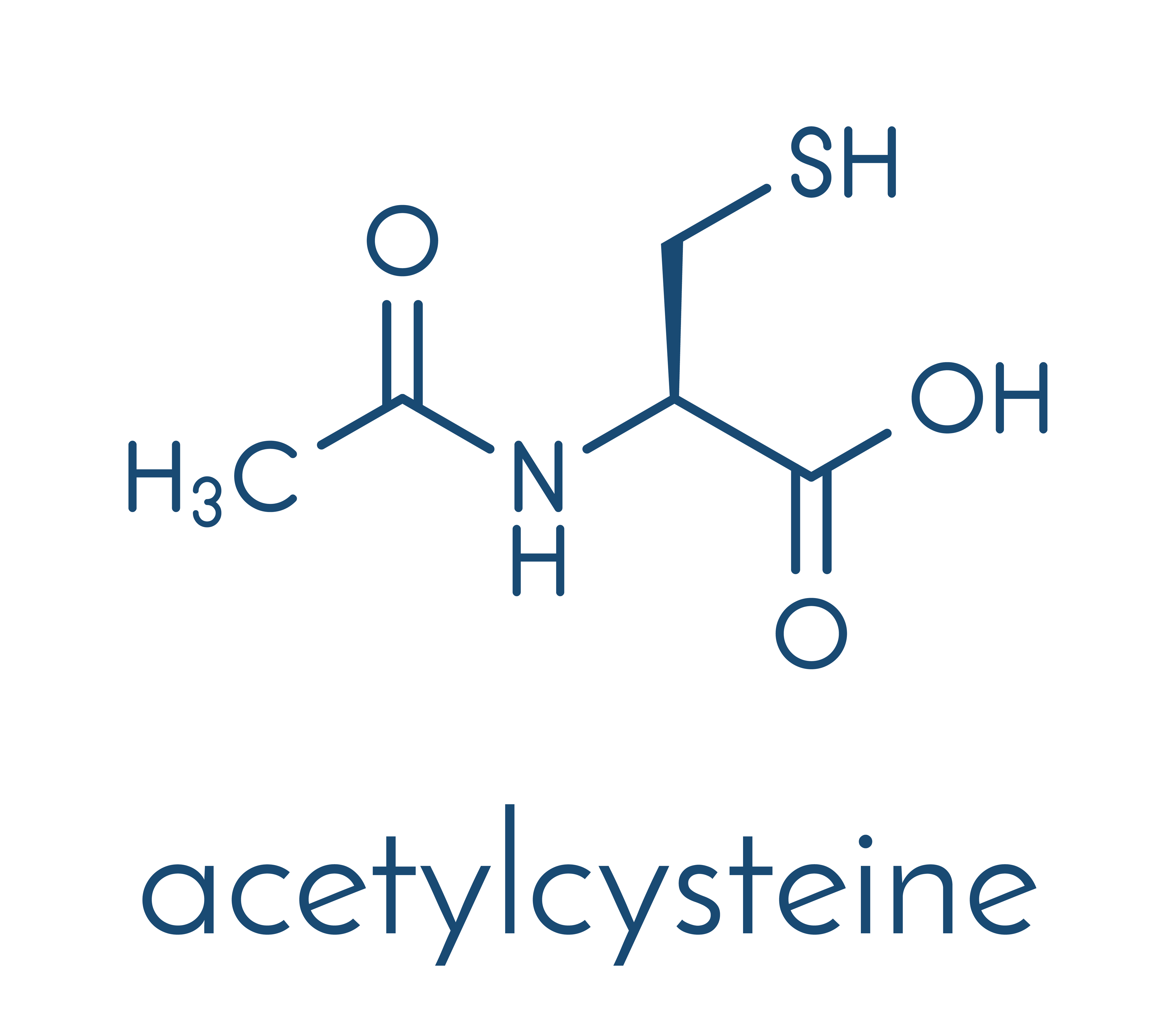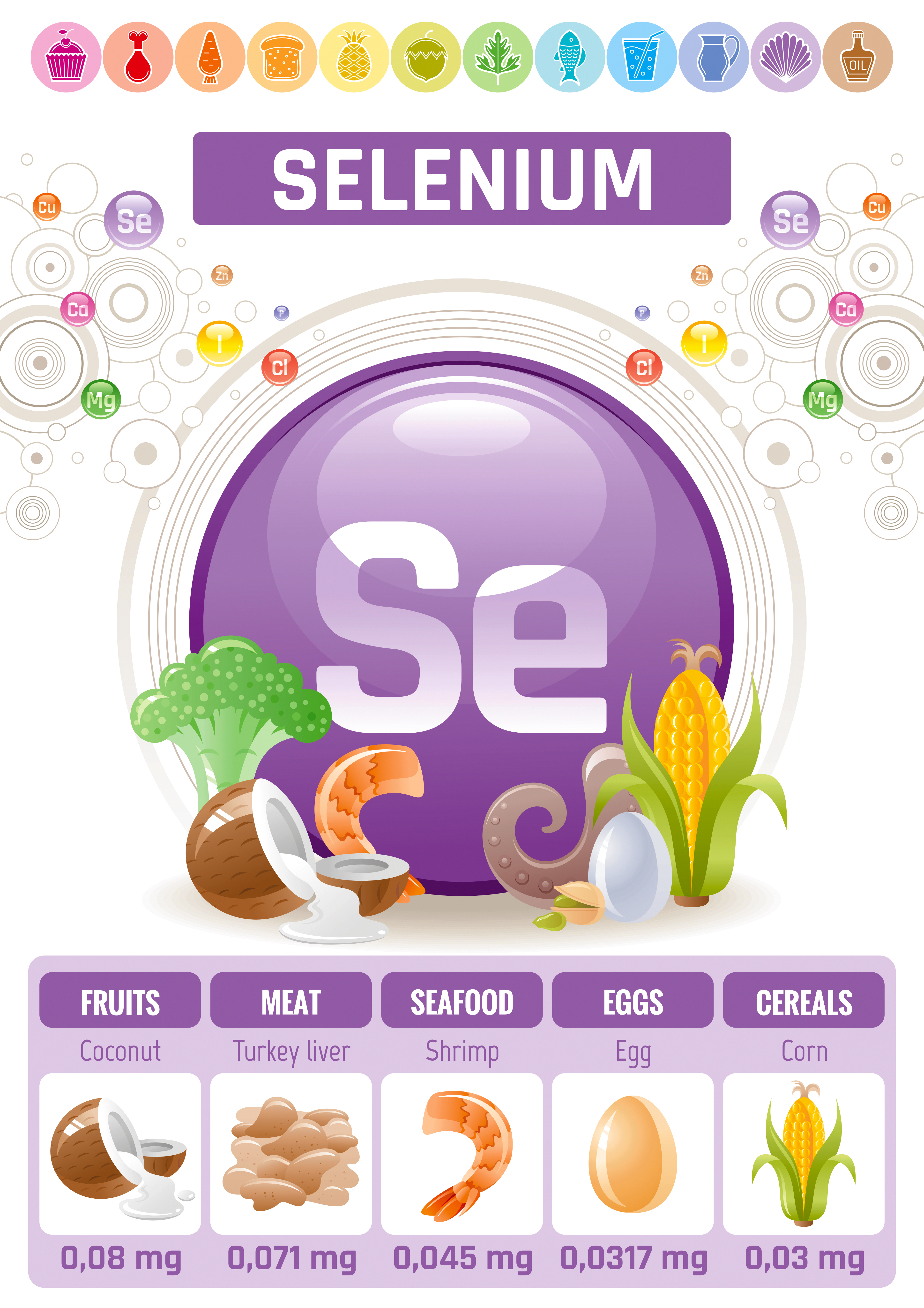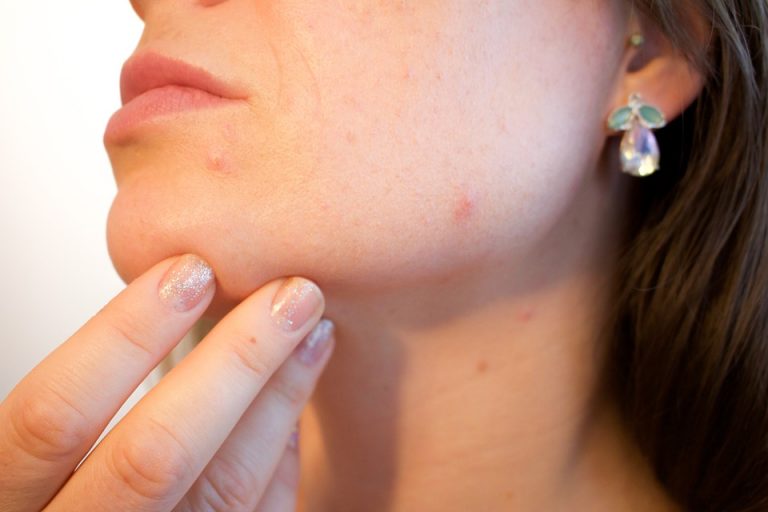How do the three antioxidants: silymarin, NAC and selenium influence the appearance of skin among people with acne? In the research from 2012, silymarin decreased the amount of acne changes by 54%, NAC – by 50%, while selenium did not cause statistically significant improvement.
Acne treatment – a study from 2012
56 people at the age of 14-30 years were divided into 4 groups, 14 people each. Each group was treated with a different specific (the last, fourth group received placebo). The progress was checked every 2 weeks. The study lasted 8 weeks.
Silymarin – Group I
Silymarin – it is thought that it works in the mammals’ tissues as a strong eliminator of free radicals and a stabilizer of cell membranes, protecting cells during stress, evoked by chemical reaction or radiation. This plant may also reduce inflammatory factors in follicular acne. The subjects in this group received Legalon (dry extract from the fruit of silybum marianum), produced by Madaus, a drug of plant origin, 70 mg three times a day after a meal (in sum 210 mg of silymarin a day). Additionally, they used a moisturizing night cream, Aqua Rosa. (What is interesting, Legalon is sold as a preparation strengthening the secretory ability and liver regeneration, used in liver damages and in chronic liver diseases. However in this case, quite a different application of this specific was found.

Silymarin treatment results:
The decrease of acne changes by 53% after 8 weeks (significant change was visible after 6 weeks).
Glutathione: +271% (almost threefold growth)
Malondialdehyde (MDA) – a marker of oxidative stress: -39,2%
Interleukin 8 (IL-8) – a marker of inflammatory processes: -80%.
NAC – Group II
N-acetylcysteine (NAC) – is a source of cysteine essential to glutathione synthesis, having an antioxidant effect. By itself it also exhibits the effect of sweeping away free radicals. (Despite its complicated name, NAC is a popular and easily available dietary supplement).

The subjects in this group were treated with 1200mg of N-acetylcysteine a day, in the form of 2 dosages of effervescent tablets, 600 mg of Fluimucil each, produced by Zambon. Additionally, they used a moisturizing night cream, Aqua Rosa.
NAC treatment results:
The decrease of acne changes by 50% after 8 weeks (significant change was visible after 6 weeks).
Glutathione: +250% (almost twofold growth)
Malondialdehyde (MDA) – a marker of oxidative stress: – 38,8%.
Interleukin 8 (IL-8) – a marker of inflammatory processes: -72%.
Selenium – Group III
Selenium – a trace mineral, which is a component of glutathione peroxidase, an antioxidant enzyme.
The subjects received in sum 200 mg of selenium a day in the form of two dosages, 100 mg of Selenium each, produced by Jamiesson. Additionally, they used a moisturizing night cream, Aqua Rosa

Selenium treatment results:
Selenium in the dose of 200 mg lowered the number of lesions caused by acne to a small extent.
Glutathione: +201% (more than twofold growth)
Malondialdehyde (MDA) – a marker of oxidative stress: – 35%.
Interleukin 8 (IL-8) – a marker of inflammatory processes: -71%.
Placebo – Group IV
This group received only powdered glucose, 500 mg once a day and used moisturizing night cream.
Conclusions
Silymarin and NAC demonstrated very high effectiveness in treating acne. In order to achieve visible effects, one has to wait at least 6 weeks. The study was carried out by the researched from Iraq and the results were published in Dermatology Research in 2012.
Source
Sahib AS, Al-Anbari HH, Salih M, Abdullah F (2012) Effects of Oral Antioxidants on Lesion Counts Associated with Oxidative Stress and Inflammation in Patients with Papulopustular Acne. J Clin Exp Dermatol Res 3:163. doi: 10.4172/2155-9554.1000163 (link).






